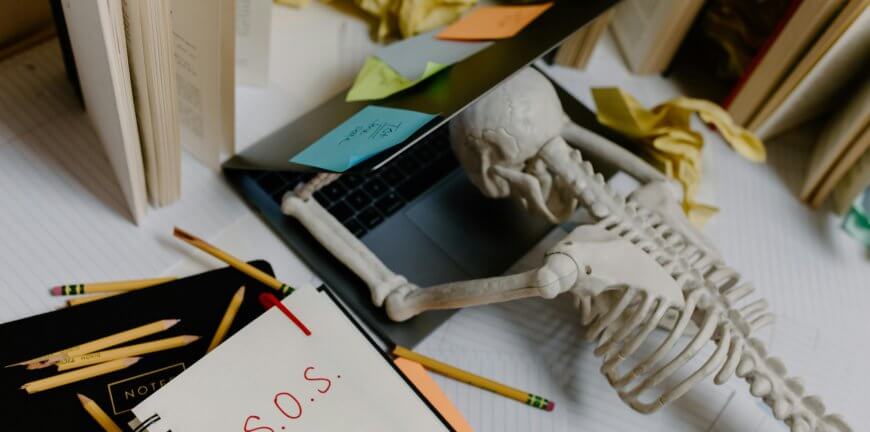
How safe is your workplace?
How often do you take a good hard look at your place of work and assess how safe it is? Do you walk past hazards and think “I’ll get around to doing something about that one day”? When does that day come? By walking past and ignoring that hazard, you are accepting that someone is going to get hurt. That’s not a great thing to have on your conscience is it? So how do you make sure your workplace is as safe as it can be?
And remember, a workplace is not confined to a building. It can be a vehicle, a home office, a work site in the field. Anywhere your workers are undertaking work is your responsibility as a business owner to ensure their safety.
Risk assessment is the key – looking at what can harm and how, how often people are exposed to harm, what can be done to eliminate or manage that hazard and making sure the fix is implemented, maintained and effective. It doesn’t have to be complicated – the best risk management systems are ones that suit you, your workers and your business. Knowing that you have a hazard in your workplace, and not doing anything about it is the best way to get slapped with penalties, investigations and costs when your workers have a serious injury.
- Housekeeping – such a mundane everyday chore, but it can cause, or contribute to, the majority of injuries. Are walkways clear of debris, spills and cords? Prevent slips and trips by cleaning up materials in walkways, providing good storage, mopping up spills immediately and practising good cord management. Is combustible material regularly disposed of? Make sure fires can’t start due to build-ups of rubbish. Is basic hygiene maintained in the workplace? Provide amenities so workers can clean up after their work activities so they aren’t exposed to chemicals or biological contaminants.
- Electrical safety – how often do you check your electrical items? Are they tested and tagged? Do you workers know what to do if they find a piece of kit that is damaged or faulty? Are your premises protected by Residual Current Devices? You don’t get many chances with electricity!
- Emergency planning – how do you think your employees would react if an emergency arose? Knowing and practising emergency drills is the best way of getting the best outcome from an emergency situation.
- Communication – do you communicate your expectations around safety? Have you got a system of ongoing training, information and support? Do you listen to suggestions from your workers? They are the ones mainly exposed to hazards in your workplace – they often have invaluable insight into how to best control these hazards.
These are just a few simple ways of making sure you, your business and your workers are protected. Depending on your nature of work, there may be many more. Just remember that risk management is the key to a safe workplace and safe workers. Walk past that hazard no longer!
Would you like a free 30-minute strategy consultation on safety in your organisation? If so, please reach out to me via phone, email or the Safety for Life website.




